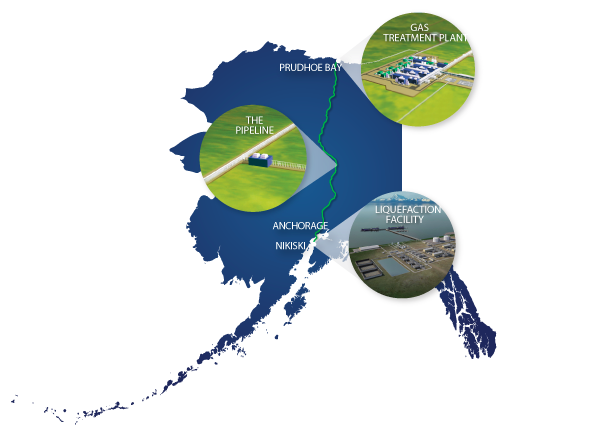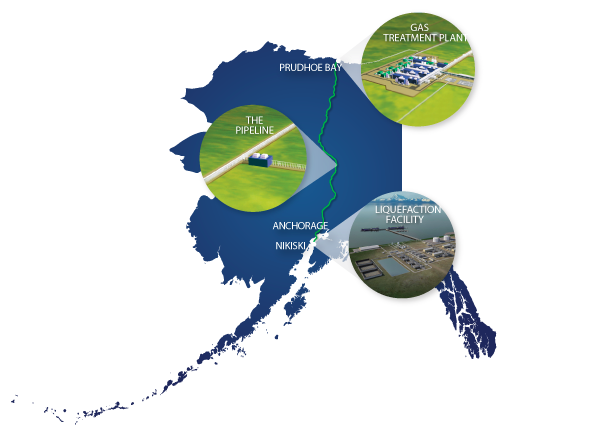
This week the board of the Alaska Industrial Development and Export Authority (AIDEA) passed a resolution supporting the development of Alaska LNG Phase 1, the in-state pipeline portion of Alaska LNG (liquified natural gas) designed to bring North Slope natural gas to Interior and Southcentral Alaska.
The resolution authorizes AIDEA to negotiate and sign a letter of credit to backstop front-end engineering and design, also known as FEED, for the Alaska LNG pipeline, bringing Alaska a critical step closer toward a privately funded in-state natural gas pipeline.
The letter of credit allows the Alaska Gasline Development Corp. to unlock up to $50 million in private investment needed to move the Alaska LNG pipeline through FEED, the remaining development stage that must be completed before a final investment decision can be made.
AGDC is in advanced discussions with potential project partners to privately fund and complete FEED and will announce updates when new developments occur. The letter of credit for FEED will only be utilized if a final investment decision is not reached, at which time AGDC will own the completed pipeline engineering and design work.
“The State of Alaska is facing a looming energy crisis and Alaska LNG represents the best long-term energy solution for our state. The Alaska LNG pipeline will deliver reliable, affordable, low-emissions energy and uniquely provide billions of dollars in economic benefits for Alaskans. Building the Alaska LNG pipeline also strategically positions Alaska to increase the energy security of our Pacific allies by derisking construction of the other Alaska LNG components that will generate and commercially export LNG,” AGDC said in a statement about the development.
The LNG pipeline initial phase of development, long tied up in government entanglements, comes at a time when Southcentral and the Railbelt in Alaska are running out of Cook Inlet natural gas and are on the verge of needing to import it. It also comes at a time when the price of natural gas is predicted to surge due to high demand, tight supply, and the Biden Administration crackdown on production.







